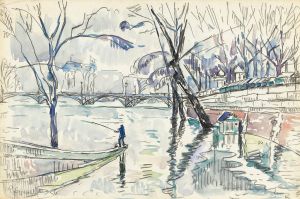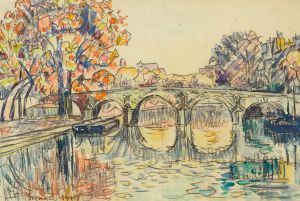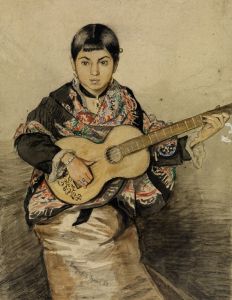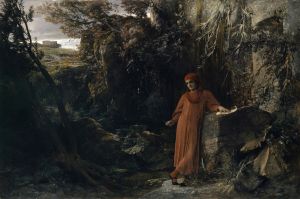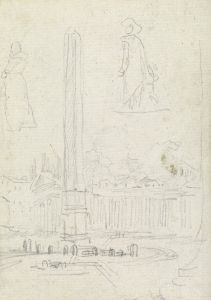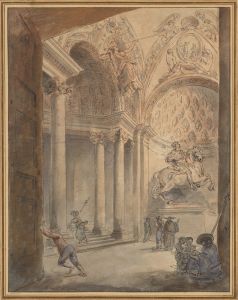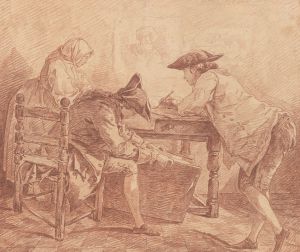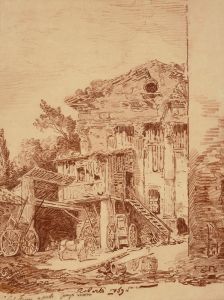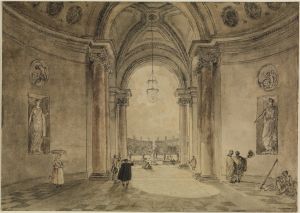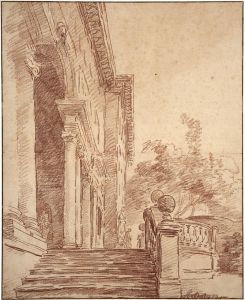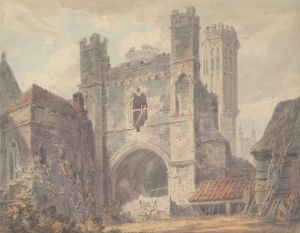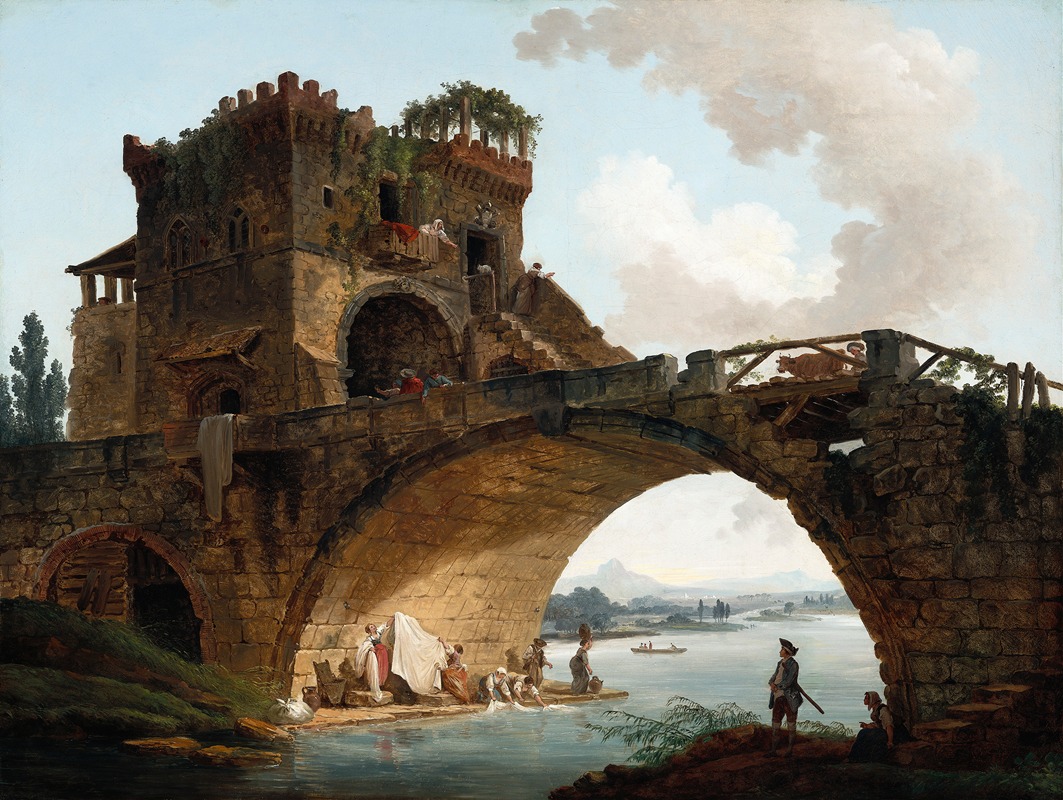
The Ponte Salario
A hand-painted replica of Hubert Robert’s masterpiece The Ponte Salario, meticulously crafted by professional artists to capture the true essence of the original. Each piece is created with museum-quality canvas and rare mineral pigments, carefully painted by experienced artists with delicate brushstrokes and rich, layered colors to perfectly recreate the texture of the original artwork. Unlike machine-printed reproductions, this hand-painted version brings the painting to life, infused with the artist’s emotions and skill in every stroke. Whether for personal collection or home decoration, it instantly elevates the artistic atmosphere of any space.
Hubert Robert's painting The Ponte Salario is a depiction of the Ponte Salario, an ancient Roman bridge located near Rome, Italy. The artwork is attributed to the French painter Hubert Robert (1733–1808), who was renowned for his romanticized landscapes and architectural capriccios. Known as "Robert des Ruines" for his fascination with ruins, Robert often combined historical accuracy with imaginative elements in his works, though in this case, the painting is believed to closely reflect the actual structure of the bridge during his time.
The Ponte Salario, originally constructed in the 3rd or 4th century BCE, was an important crossing over the Aniene River, a tributary of the Tiber. It served as a key part of the Via Salaria, an ancient Roman road used for transporting salt and other goods. The bridge underwent several reconstructions and modifications over the centuries, including during the Roman Empire and the medieval period. By the 18th century, when Robert painted it, the bridge had already acquired a weathered and partially ruined appearance, which likely appealed to the artist's aesthetic sensibilities.
Robert's painting captures the Ponte Salario in a picturesque state, emphasizing its historical and architectural significance. The composition typically includes the bridge's arches and surrounding landscape, with figures or travelers often depicted to provide a sense of scale and human activity. While the exact date of the painting is not definitively known, it is consistent with Robert's broader body of work, which frequently explored themes of decay, the passage of time, and the interplay between nature and human-made structures.
The painting reflects the 18th-century European fascination with antiquity and ruins, a sentiment that was particularly strong during the Enlightenment and the Grand Tour era. Artists like Robert were inspired by the remnants of ancient Rome, which symbolized both the grandeur and transience of human achievement. His works often served as visual records of historical landmarks, blending artistic interpretation with documentary value.
Today, The Ponte Salario is recognized as an example of Hubert Robert's skill in capturing the spirit of ancient architecture and his ability to evoke a sense of nostalgia and romanticism. The painting is part of his broader legacy as one of the most influential landscape and architectural painters of his time. Further details about the specific location or current ownership of this particular painting are not widely documented.





